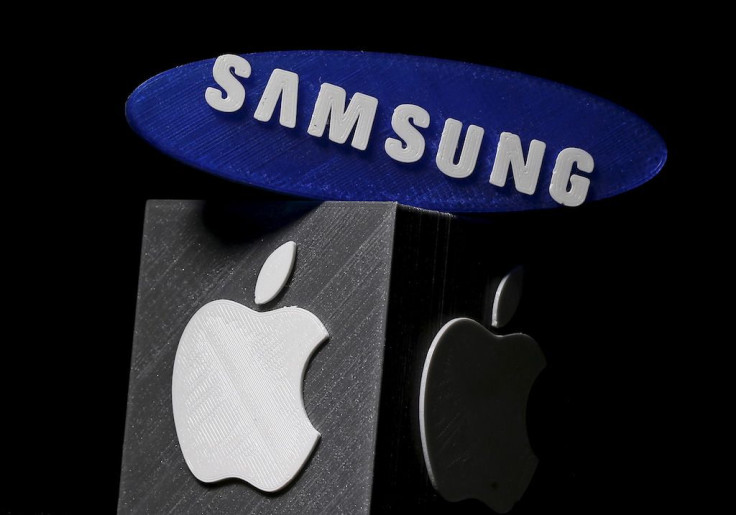iPhone 8 Expensive Price Might Be Due To Samsung's OLED Monopoly

Apple’s iPhone 8, which might actually be called iPhone Edition, is expected to cost $1,000 and that may be partly due to Samsung. KGI Securities analyst Ming-Chi Kuo has come up with a report claiming that Samsung’s monopoly on OLED displays has led Apple to come up with a more expensive price for the handset.
A copy of Kuo’s note to investors was acquired by AppleInsider. The note says that the new iPhone’s display will include an OLED panel, an OLED touch panel and a 3D Touch model. Both of the OLED parts are said to be supplied by Samsung. This is why the South Korean company is able to charge a premium on the OLED panels.
Kuo claims Samsung is charging Apple more than twice per unit compared to the LCD panels in the current iPhone 7 Plus models. Kuo also estimates that an OLED unit for an iPhone 8 would cost between $120 and $130, while an LCD unit for the 5.5-inch iPhone 7 Plus would only cost $45 to $55.
The higher price of the OLED panels from Samsung would explain why the iPhone 8 might cost around $1,000, while current iPhone Plus models cost around $200 to $300 less. Kuo says that Samsung’s premium pricing for OLED panels is also the reason why Apple is trying to find a second supplier.
LG Display might be one of the new OLED suppliers that Apple is eyeing, but a deal between the two might take some time. According to Bloomberg, LG won’t be able to reach full OLED production capacity until 2019. LG Display has been supplying Apple LCD panels for the iPhone for some time now and a new screen deal between the two is very possible.
Unfortunately, LG would only be able to make small shipments of OLED screens towards the end of 2018. It’s very unlikely that LG would be able to keep up with the demand if it becomes an OLED supplier to Apple right now. Meanwhile, with Samsung being Apple’s sole supplier, Samsung is expected to supply the iPhone maker 50 million units of OLED displays by the end of this year.
Apple would need a steady supply of OLED panels once it releases the iPhone 8, and right now, Samsung seems to be the only one capable of doing that. It’s already expected that the iPhone 8 will be difficult to purchase during its initial launch period.
Going back to Kuo’s note to investors, the analyst also mentioned that he’s uncertain whether the iPhone 8 will feature Apple’s Touch ID fingerprint sensor. It’s been reported previously on several occasions that Apple wants to place the Touch ID fingerprint sensor underneath the OLED display.
However, Kuo believes that the 3D Touch module on the OLED display might be unfavorable for the scanning feature of Touch ID. This is why he believes that Apple “may abandon” Touch ID completely for the iPhone 8, but he didn’t say definitively that Apple would do so.
The iPhone 8 or iPhone Edition is expected to be announced next week on Sept. 12 at Apple’s Steve Jobs Theater, the company’s new headquarters in Cupertino. The popular rumor going around right now is that iPhone 8 preorders might commence on Sept. 15, while shipping could start as soon as Sept. 22.
As for the iPhone 8 price, it’s been rumored previously that it will cost $999 for the 64GB model, $1,099 for the 256GB model and $1,199 for the 512GB model. However, UBS analysts predict that the iPhone 8 will only come in two models: a $900 64GB model and a $1,000 256GB model.
© Copyright IBTimes 2024. All rights reserved.





















